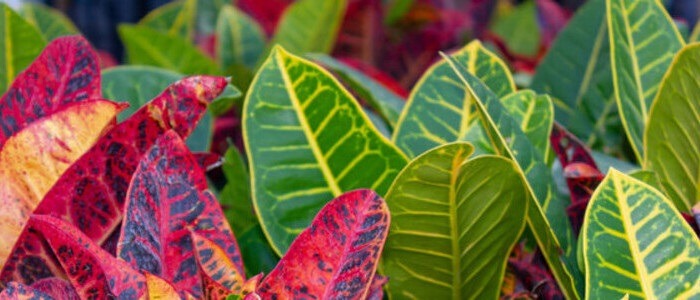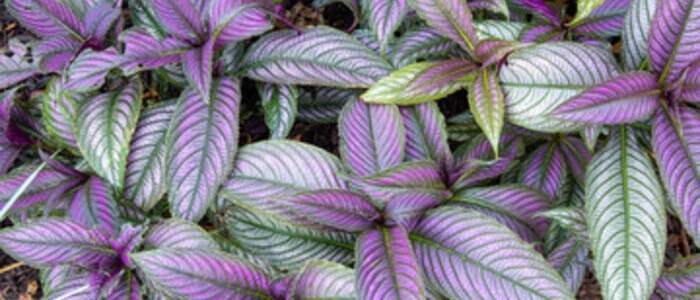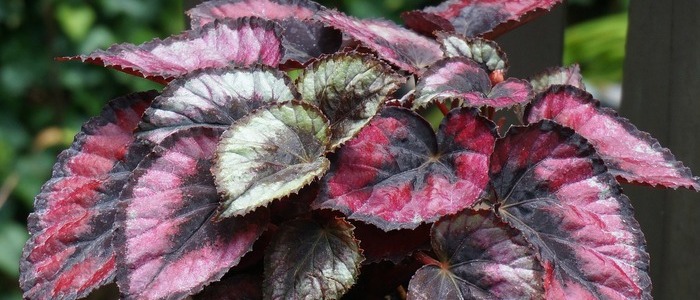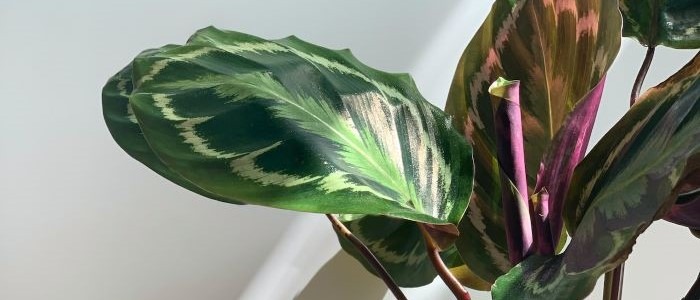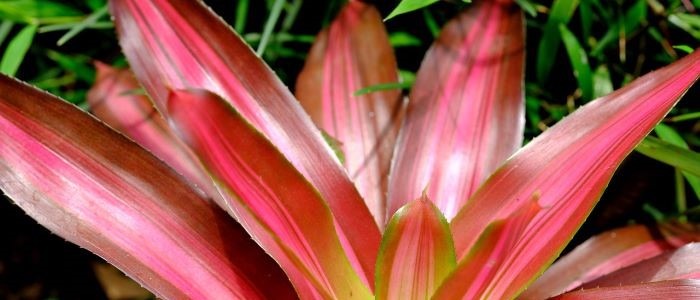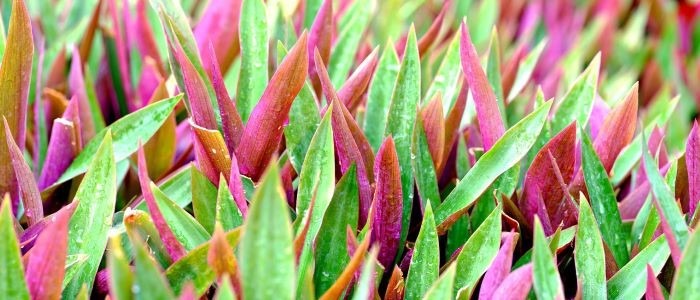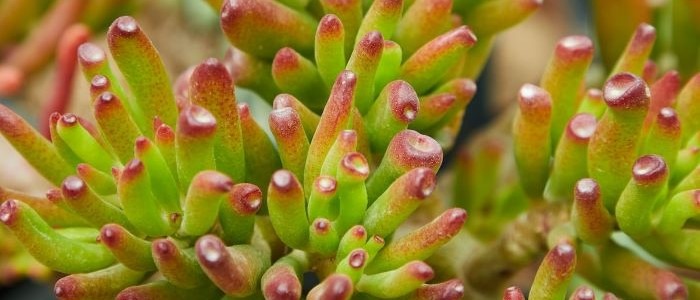Have you been mesmerized by the vibrant, red leaves of the Peperomia ruby glow plant? And are you thinking about getting this multi-colored plant for your living room or office space? Well, if you don’t have a lot of time to devote to gardening or if you are a beginner, then Ruby Glow is the perfect choice for you.
Ruby Glow scientifically called Peperomia graveolens is an incredibly low-maintenance and easy-to-care-for multi-colored houseplant. It doesn’t require a lot of attention or special care, and its unique and eye-catching appearance can add a pop of color and texture to any room in your home.
In this article, you will get to know everything about the Ruby Glow plant, from how to take care of these plants to how to grow and prune them easily all by yourself.
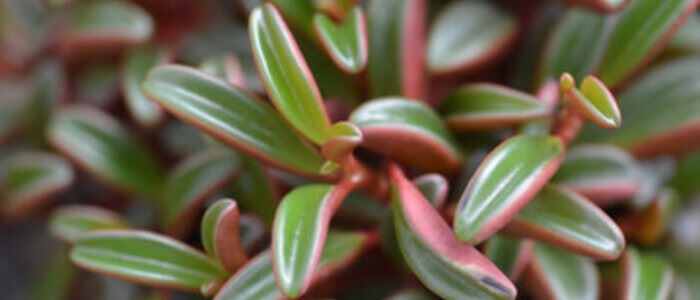
Peperomia Ruby Glow Plant Frequently Asked Questions
Is the Peperomia Ruby Glow Plant: low maintenance?
Yes, the Peperomia Ruby Glow plant is considered to be low maintenance. It thrives in bright, indirect light and only needs to be watered when the top inch of soil feels dry to the touch. Overwatering can be detrimental to the plant, so it is important to avoid letting it sit in standing water. The plant also benefits from occasional fertilization during the growing season,
Is Peperomia Ruby Glow a succulent?
While Peperomia plants are often mistaken for succulents due to their thick, fleshy leaves, they are not actually classified as succulents. Instead, they belong to the Piperaceae family and are native to Central and South America. However, like succulents, Peperomia plants are able to store water in their leaves, allowing them to tolerate periods of drought.
Peperomia Ruby Glow Plant Care Tips
Peperomia Ruby Glow plants are stunning, multi-colored houseplants that can bring a pop of color to any room in your home. Although it doesn’t require a lot of attention or special care to thrive, Here are some tips on how to care for your Ruby Glow plant:
Ruby Glow Plant Propagation First, make sure to place your plant in a location with bright, indirect sunlight. Direct sunlight can scorch the leaves.
Additionally, water your plant thoroughly once a week and allow the soil to dry out slightly between waterings. Avoid overwatering, as this can lead to root rot.
Finally, fertilize your Ruby Glow plant once a month during the growing season with a balanced fertilizer.
With these care tips, your Ruby Glow plant will continue to brighten up your home for years to come.
Peperomia Ruby Glow Plant Propagation
There are several ways in which you can propagate the Peperomia ruby glow plant. Some common methods include taking stem cuttings, dividing the plant, or growing from seeds. With proper care, your propagated ruby glow plant can grow into a beautiful addition to your indoor or outdoor garden.
Stem cutting is one of the easiest and most popular methods to propagate the Ruby Glow plant. To do this, start by selecting a healthy stem from the parent plant that is at least 4-6 inches long and has several leaves. Using a clean, sharp pair of scissors or pruning shears, cut the stem at a 45-degree angle just below a node (where a leaf meets the stem). Remove the lower leaves from the stem, leaving only a few at the top. Then, dip the cut end of the stem into rooting hormone powder and plant it in a pot filled with well-draining soil.
Dividing the plant is another method of propagating the Ruby Glow plant. This is best done when the plant has become too large for its pot or when it has multiple stems growing from the soil. To divide the plant, gently remove it from its pot and separate the stems, making sure each stem has its own root system. Plant each stem in a pot filled with well-draining soil and water thoroughly.
Seed propagation of the Ruby Glow plant is also possible, but it is a more time-consuming method. First, collect the seeds from the plant and allow them to dry out for a few days. Then, plant the seeds in a pot filled with well-draining soil and cover them with a thin layer of soil. Water the soil lightly and keep it moist until the seeds germinate, which can take several weeks.
Once the seedlings have grown a few inches tall, they can be transplanted into individual pots or into a larger container.
Peperomia Ruby Glow Plant Pruning Tips
Although the Peperomia ruby glow plant is a relatively small shrub, it can be pruned. Pruning is an important aspect of maintaining the health and appearance of the plant. It helps to remove dead or diseased branches, shape the plant, and promote new growth. However, it is important to know the right time and technique for pruning the ruby glow plant to avoid damaging it.
How you prune the ruby glow plant depends on the desired shape and size of the shrub. It is generally recommended to prune in the early spring or late winter before new growth begins. This allows the plant to heal quickly and encourages new growth. When pruning, it is important to use clean and sharp tools to avoid tearing or damaging the plant. It is also important to remove any crossing or rubbing branches to prevent damage and disease.
Another important factor to consider when pruning the ruby glow plant is the age of the shrub. Younger plants may require more frequent pruning to encourage a fuller and more compact shape, while older plants may only need minimal pruning to maintain their size and shape.
Additionally, it is important to avoid over-pruning the plant, as this can lead to stress and reduced growth. Overall, proper pruning techniques can help to promote the health and beauty of the ruby glow plant, while also ensuring its longevity and vitality in the garden.
Common Problems that can affect the Ruby Glow Plant
There are several factors that can cause issues with the Peperomia Ruby Glow plant. One common problem is overwatering, which can lead to root rot and wilting leaves. Another issue is insufficient sunlight, as the plant requires at least six hours of direct sunlight per day.
Additionally, pests such as spider mites and mealybugs can damage the leaves and stems of the plant. Poor soil quality and lack of nutrients can also impact the health and growth of the Ruby Glow. Lastly, temperature fluctuations and drafts can cause stress to the plant, leading to stunted growth and yellowing leaves.
Conclusion
In summary, the five common problems that can affect the Peperomia Ruby Glow plant are overwatering, insufficient sunlight, pests, poor soil quality and lack of nutrients, and temperature fluctuations and drafts.
Other Multi-color Houseplants

